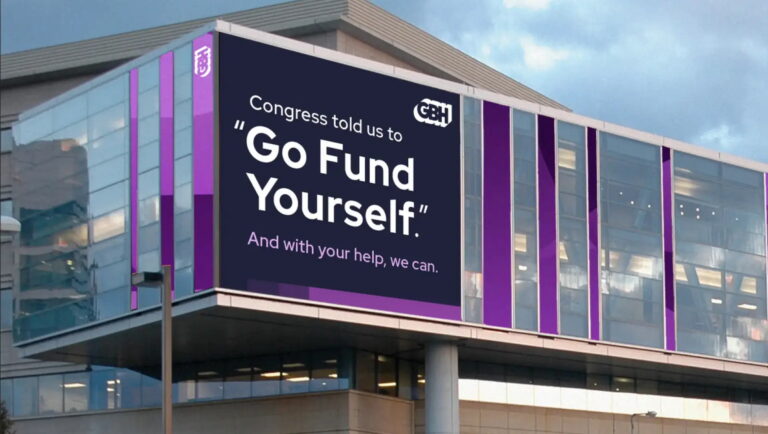Related Articles
A New Chapter: Tactics for Today, Transformation for Tomorrow
October 30, 2025 by Melanie Coulson
Public Radio Underwriting ROI: Perception vs. Reality
October 16, 2025 by Anna McDonald
Subscribe to the Greater Public newsletter to stay updated.
This site is protected by reCAPTCHA and the Google Privacy Policy and Terms of Service apply.








